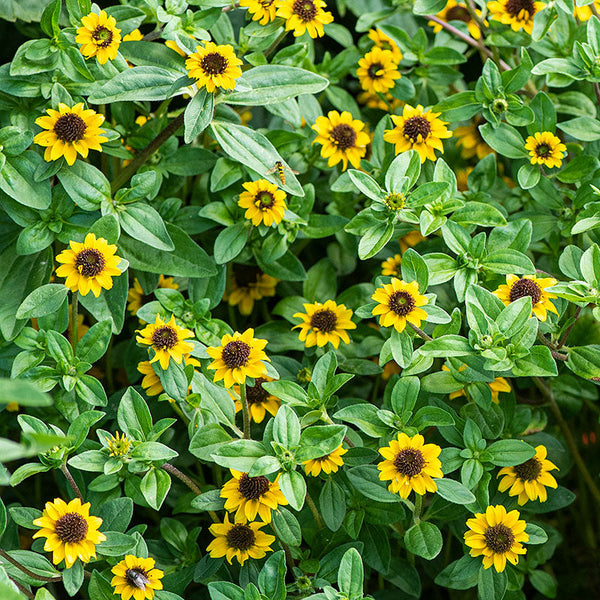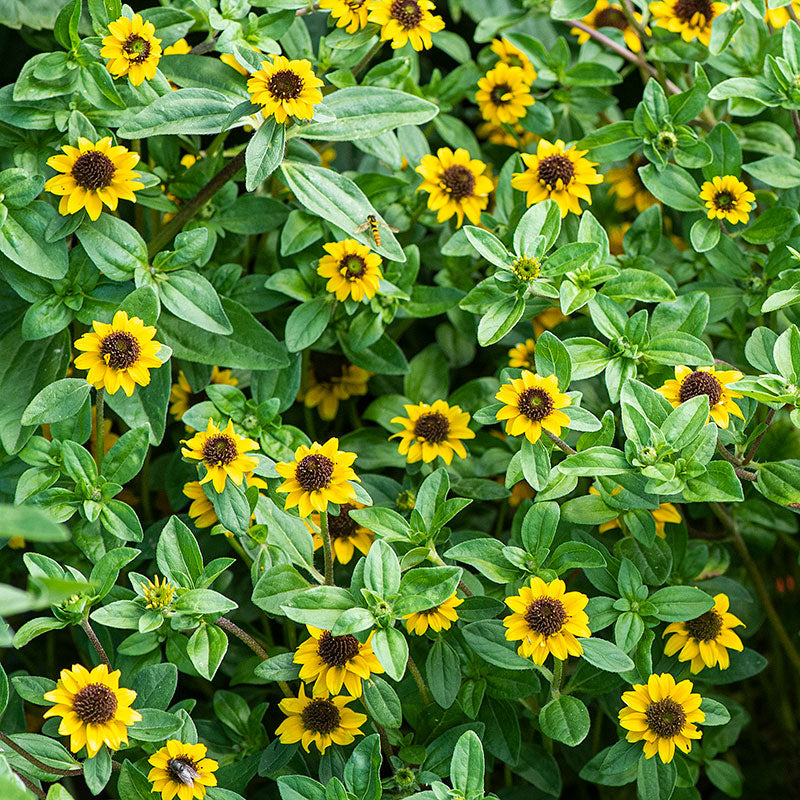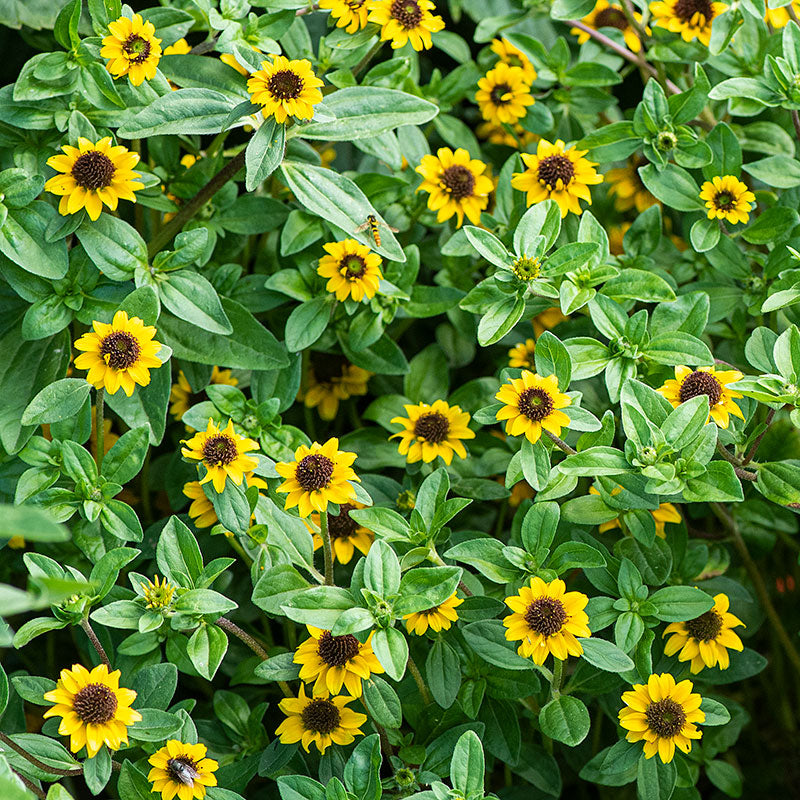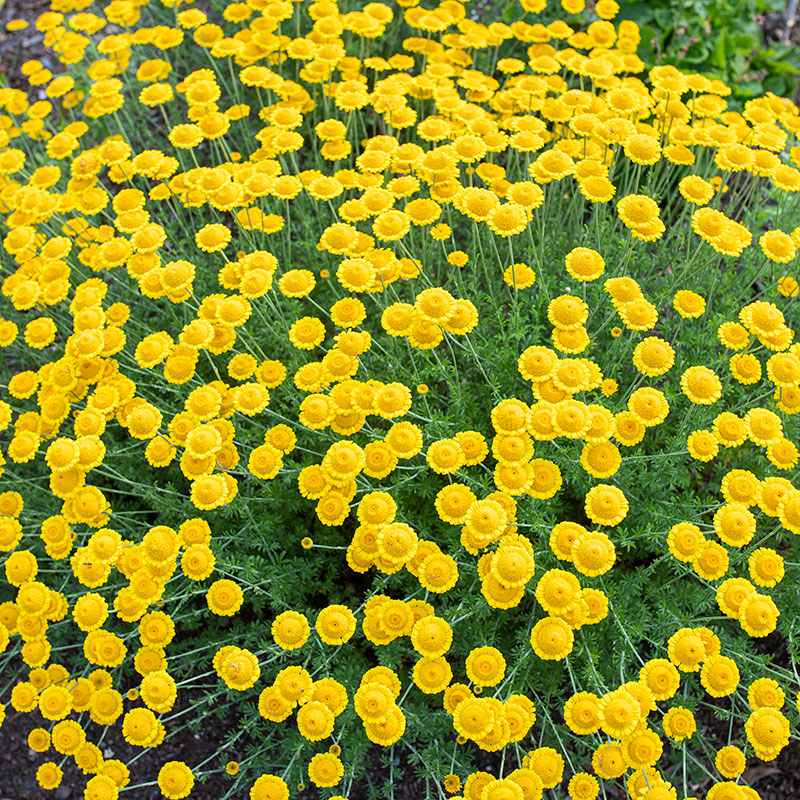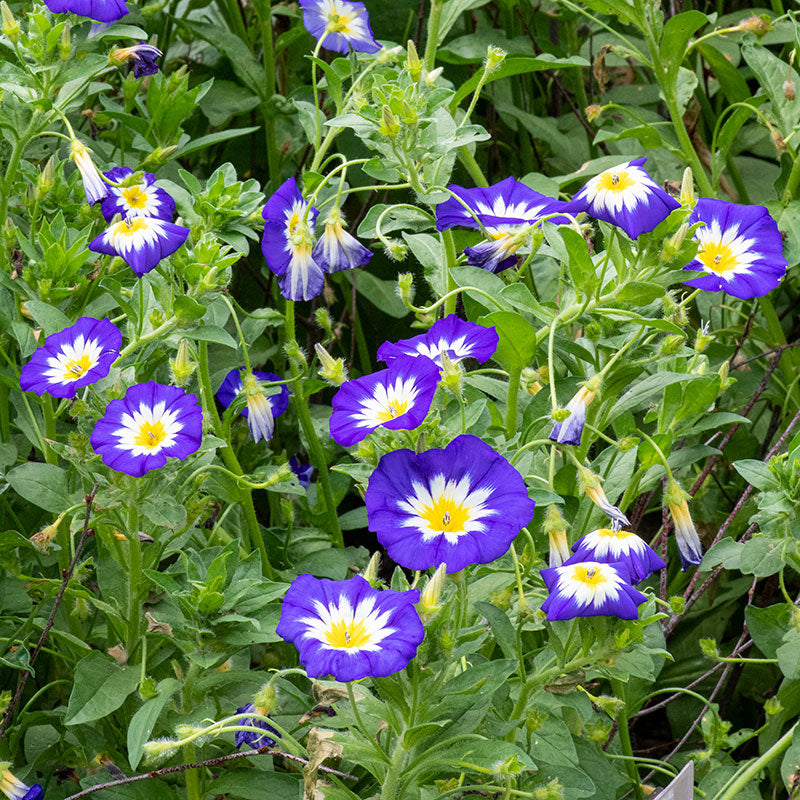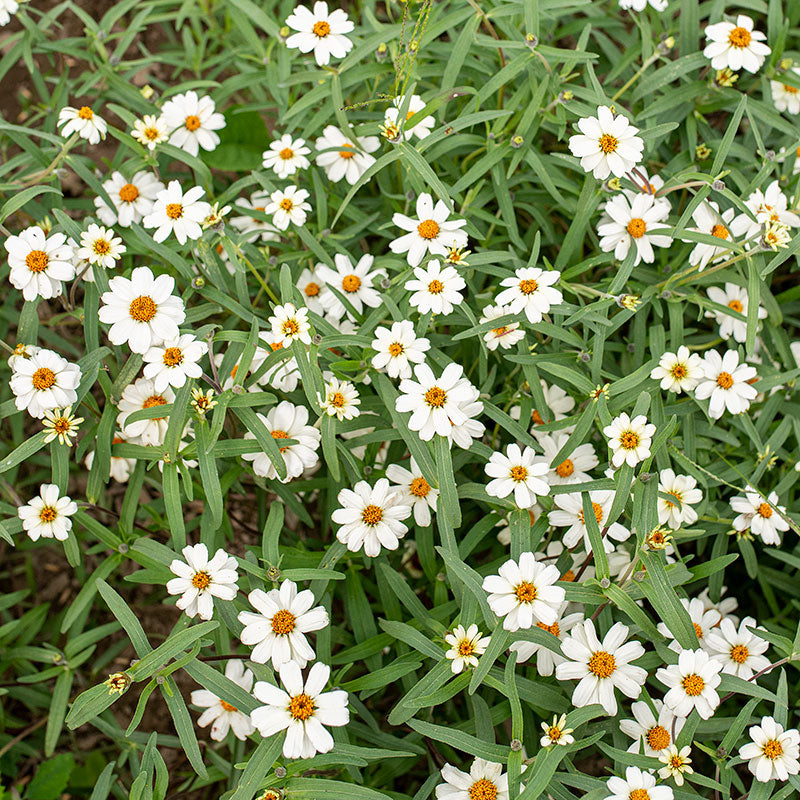Seed Packet
Creeping Zinnia
Sanvitalia procumbens
Introduced in 1798 from its native Mexico, this golden-yellow daisy flower looks like small black-eyed Susans with short petals and big brown eyes. They are covered with blooms all summer, and the trailing stems have a billowing effect, adding an informal ambiance to garden edges and containers.
SKU #S362
Growing Companions






























